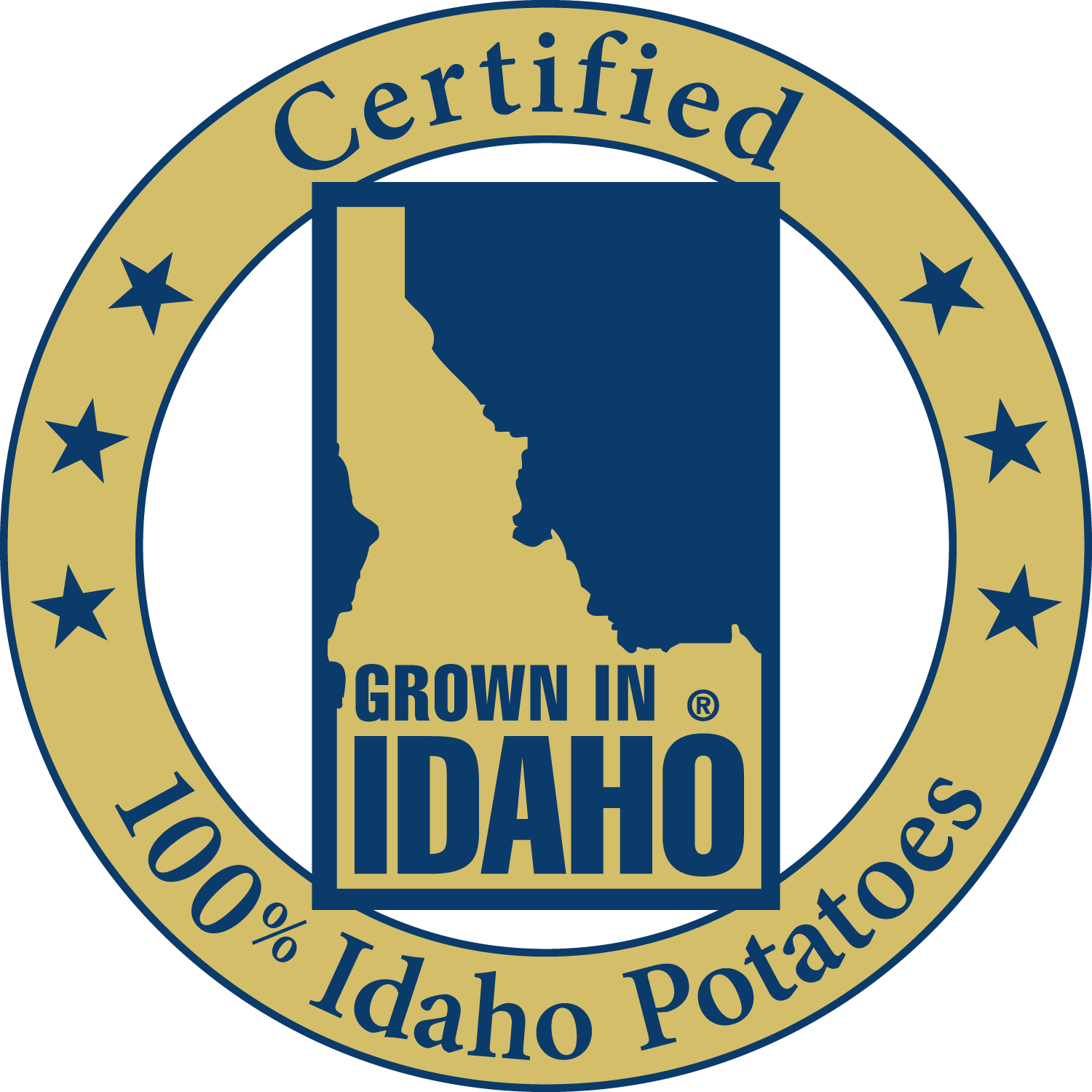Popular Tags
Ask Dr. Potato
With 939 posts, chances are there's already an answer to your question. Please try searching below before submitting a question to Dr. Potato. Use multiple words to help narrow down the results. For example, search for "potatoes" and "group" if looking for an answer on cooking potatoes for large groups.
The 5 Biggest Mistakes You Can Make When Baking Potatoes
1. Thinking that all russets are the same -
When plant scientist Luther Burbank came up with a few seeds in his garden that were different from the rest I am sure he had no idea that this particular variety would become the most popular variety for baking, year after year with consumers. Especially when planted in an ideal climate with mineral rich volcanic soil which is found in Idaho. The result of this high solids (starch) low moisture baker is a dry and fluffy potato. There are many russets on the market. Idaho requires, by law, that the particular variety be labeled on the bag or box. Often, when someone calls into our office and says "the potato just doesn't cook up like it used to" I find that they were not aware of all the varieties out there or that russets come from as many as 40 different states. So ask for Idaho® potatoes and look for the "Grown in Idaho" seal on the packaging. If you like a moister potato, try the Russet Norkotah variety.
2. Baking at a low temperature or not giving it enough time -
The latest recommendations we have are to bake at 425 degrees F for one hour if using a conventional oven. You can lower the temp to 400 degrees F for 50-60 minutes in a convection oven, which cooks a little more evenly and consistently. Many recipes call for 375 degrees, which is too low.
3. Over baking the potato -
The potato is fully cooked when the thermometer shows 210 degrees F, when placed halfway into the middle of the spud, half way down. Potatoes will begin to give off a great aroma as they near that temp. I usually will bake to 185 degrees F and then start my steak on the BBBy the time the steak is done (10-15 minutes) the potato is done too. Visual signs: The potato skin will start to wrinkle when over cooked. The potato, when wrapped in foil or placed on the bottom of a pan will have a dark brown spot on the bottom, a sure sign of over cooking.
4. Using Foil -
Foil traps the moisture in the potato causing the skin to be wet and the inside flavorless or gummy. Potatoes are made up of about 80% water, so sealing it up in foil does not allow enough water to escape, making it soggy.
5. Thinking you don't have time -
An hour can seem like an eternity, but it really is just a time management issue. You can start the potato in the microwave for 5-6 minutes while the oven is heating up, then finish the baking in the oven to get a drier baked potato.

Share This

Dr. Potato isn't a real doctor but a team of potato experts ready to answer all your potato questions.
Click here to submit »
Dr. Potato Categories
The Idaho Potato Commission
Established in 1937, the Idaho Potato Commission (IPC) is a state agency that is responsible for promoting and protecting the famous "Grown in Idaho®" seal, a federally registered trademark that assures consumers they are purchasing genuine, top-quality Idaho® potatoes. Idaho's ideal growing conditions, including rich, volcanic soil, climate and irrigation differentiate Idaho® potatoes from potatoes grown in other states.
Contact
661 South Rivershore Lane
Suite 230
EAGLE, ID 83616
Phone: 208-334-2350
Fax: 208-334-2274
More

